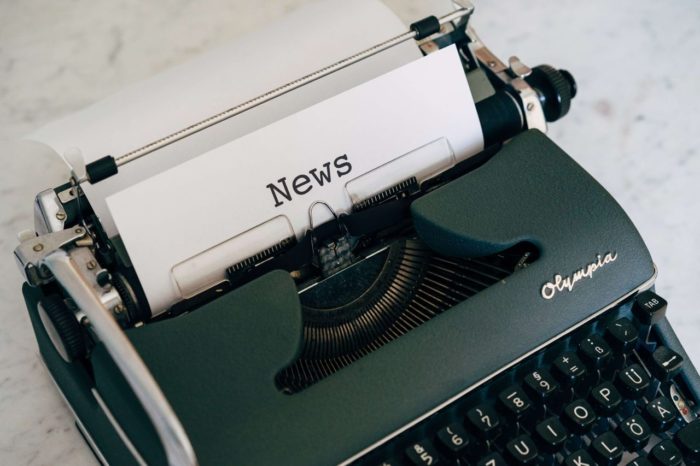
Does the label of a news story affect its credibility? New study “What’s in a label? The effect of news labels on perceived credibility” by Cynthia Peacock of University of Alabama and University of Texas at Austin, and Gina M Masullo and Natalie Stroud of University of Texas at Austin sought to answer this question through two sub-studies.
Study 1: mismatched label
Study 1 had two real stories, from science and politics, which were assigned to five manipulated labels: news, analysis, opinion, sponsored, no label. Thus, there were 10 variables for the 1000 participants. The headline and the content were constant. The stories were edited to the length of 218 words (science) and 219 words (politics).
First, label recall was tested. 13,5% of participants were able to correctly recall the label. Then, 18 items were questioned with Likert-type scale, such as fair, unbiased etc.
The finding of study 1 was that science was rated more credible than politics, but labels had little effect. The authors consider several explanations: people skip over the labels. especially since the placing was typical. It has been found in eye-tracking studies that more people pay attention to the label if it is in the middle than when it is above the story (90% vs 40% respectively).
The second explanation for the lack of effect label had was that people paid attention to the content, and the label was ineffective in working as a heuristic that would prime the participants into viewing the story in a certain way – they assessed them their own way, not through labels.
Study 2: label placement or no label
It is possible that a mismatching label lacks the power to work as a heuristic. To test this hypothesis, the authors also conducted study 2. In it, 697 participants were randomly assigned to view a story of one of the four types: news, analysis, opinion, and sponsored content.
They were also randomly assigned to groups that either had a label above the story that does not explain the contents, or a label with an explanation below the story title in the middle, or no label, which was the control group. As in the first study, the stories were of similar length: news story 158 words, opinion story 160 words, analysis story 158 words.
This time, 38,3% correctly recalled the label. Participants who saw the label mid-story with explanation were more likely to recall it. Label type had a non-significant effect on credibility, but news was seen more credible than analysis or sponsored content.
However, news story credibility was not affected by label and participants had trouble distinguishing news from analysis, but not these two types from opinion or sponsored.
Labels may be function as heuristics, but they are not strong cues
The findings suggest that labels do not have a significant effect on how credible stories are viewed compared to unlabeled. Labels were rarely recalled even when they were distinct visually.
According to the authors, news readers have clear expectations on credibility of stories irrespective of the labels. Newspapers should make clear the content type whether they use a label or not. Proving audiences heuristics to help them in reading is something that newspapers should engage in, but newspapers should try other ways than just labels as they do not have a strong effect.
The article “What’s in a label? The effect of news labels on perceived credibility” by Cynthia Peacock, Gina M Masullo and Natalie Jomini Stroud is in Journalism. (Free abstract).
Picture: News by Markus Winkler. License Unsplash.